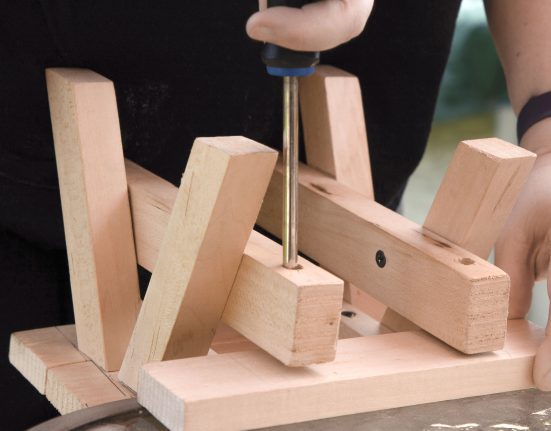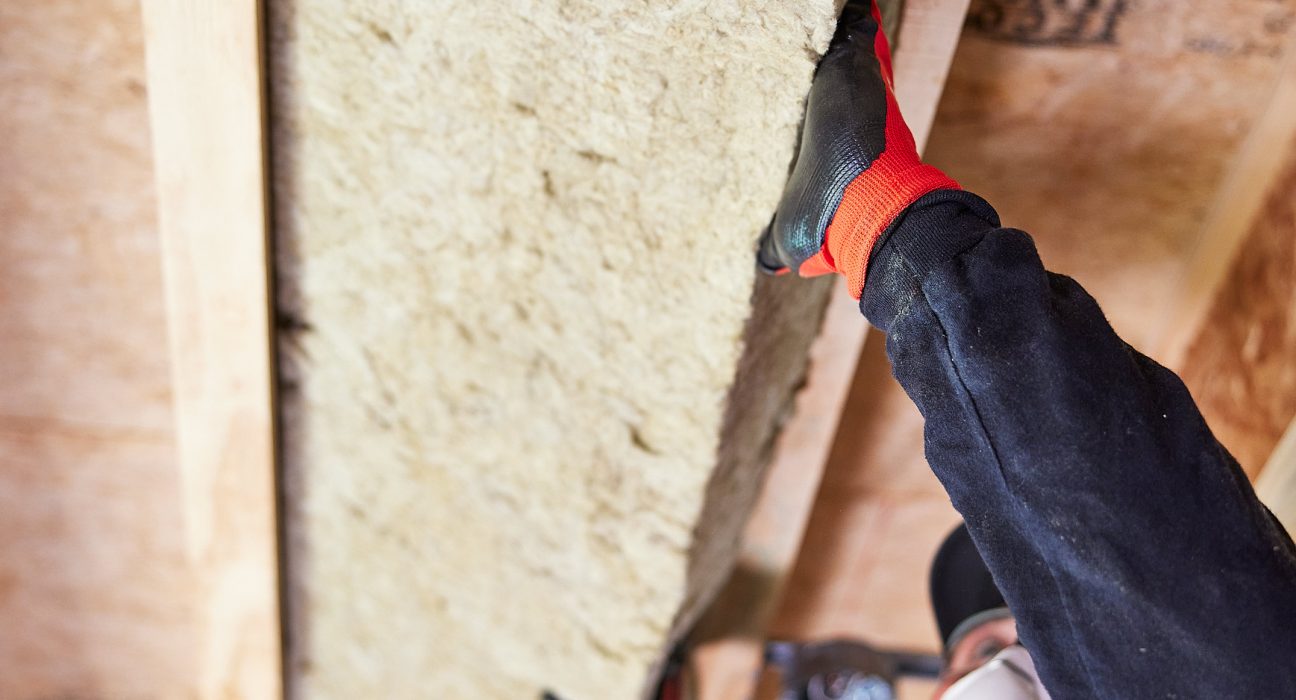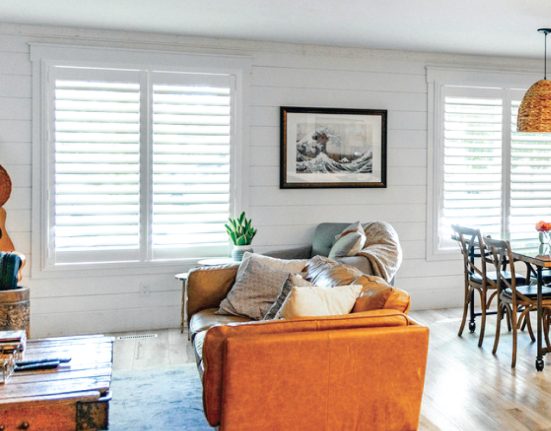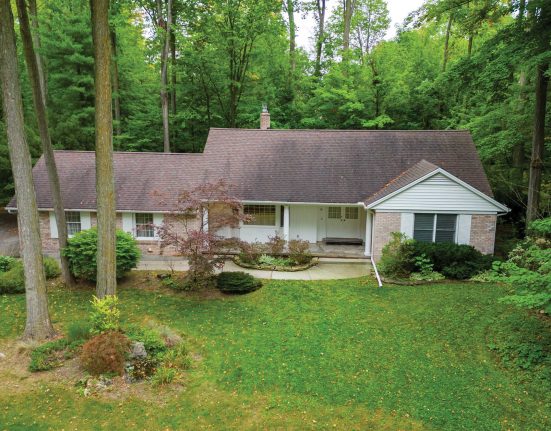Home insulation may not be the most exciting part of your renovation, but it’s crucial for comfort, energy efficiency, and long-term savings. Surprisingly, many homeowners are unaware of how to properly insulate their homes, or worse, are left with subpar insulation installed by contractors who may cut corners. Stories from professionals like electricians and plumbers reveal alarming cases where improper insulation has led to serious issues down the line, including trapped moisture, mold, mildew, and poor temperature regulation.
Basement Insulation: Don’t Settle for Minimum Standards
In many North American homes, unfinished basements come with a basic R5 batt-style insulation, which often covers just half of the concrete walls. While this meets minimum building code standards, it’s inadequate for long-term use, especially when finishing your basement.
For regions like Ontario, the recommended R-value (a measure of insulation’s effectiveness) for basements is at least R22. Relying on the minimum can lead to problems like condensation forming in the air gap between the drywall and the old insulation, causing mold to grow and compromising the space.
Insulating Walls and Attics
The main and upper floors of your home typically come with R14 insulation, but upgrading to at least R22 will ensure better energy efficiency. Windows are another area often neglected during renovations. Make sure gaps are properly insulated to prevent drafts and heat loss.
In your attic, insulation plays a crucial role in regulating your home’s temperature. A thermal gun can help spot any cold areas where insulation may be lacking or disturbed, allowing you to address these issues before they cause major discomfort.
Exterior Insulation: A Worthwhile Investment
For those looking to improve energy efficiency, exterior continuous insulation is an option worth considering. While it involves a higher upfront cost, it provides an extra layer of protection to reduce heat loss (by essentially wrapping the house in a blanket to reduce thermal bridging) and can help extend the lifespan of your heating and cooling systems. Plus, with fire-resilient properties that help stop the spread of fire, noncombustible stone wool insulation can make the difference between having a fire in your home or your home on fire.
Going Green with Eco-Friendly Insulation
As environmentally friendly living becomes more popular, products like ROCKWOOL stone wool offer sustainable solutions for thermal control of your home that minimize your environmental impact. Leveraging stone’s inherent properties, ROCKWOOL creates water water-resistant products that can enhance your home’s energy efficiency, long-term durability, and resilience while improving the comfort, health, and safety of occupants.
Insulation may not be glamorous, but it’s an essential investment that pays off in long-term energy savings, increased comfort, and protection against costly issues like mold. By focusing on what’s behind your walls today, you’ll be creating a safer, more energy-efficient home for the future—leaving you free to invest in visible upgrades down the line.
Trina Stewart is the Editor of HOMES+ Locale Magazine. Originally from Cambridge, Ontario, Trina loves exploring the area and embracing the activities, events, and local businesses.















